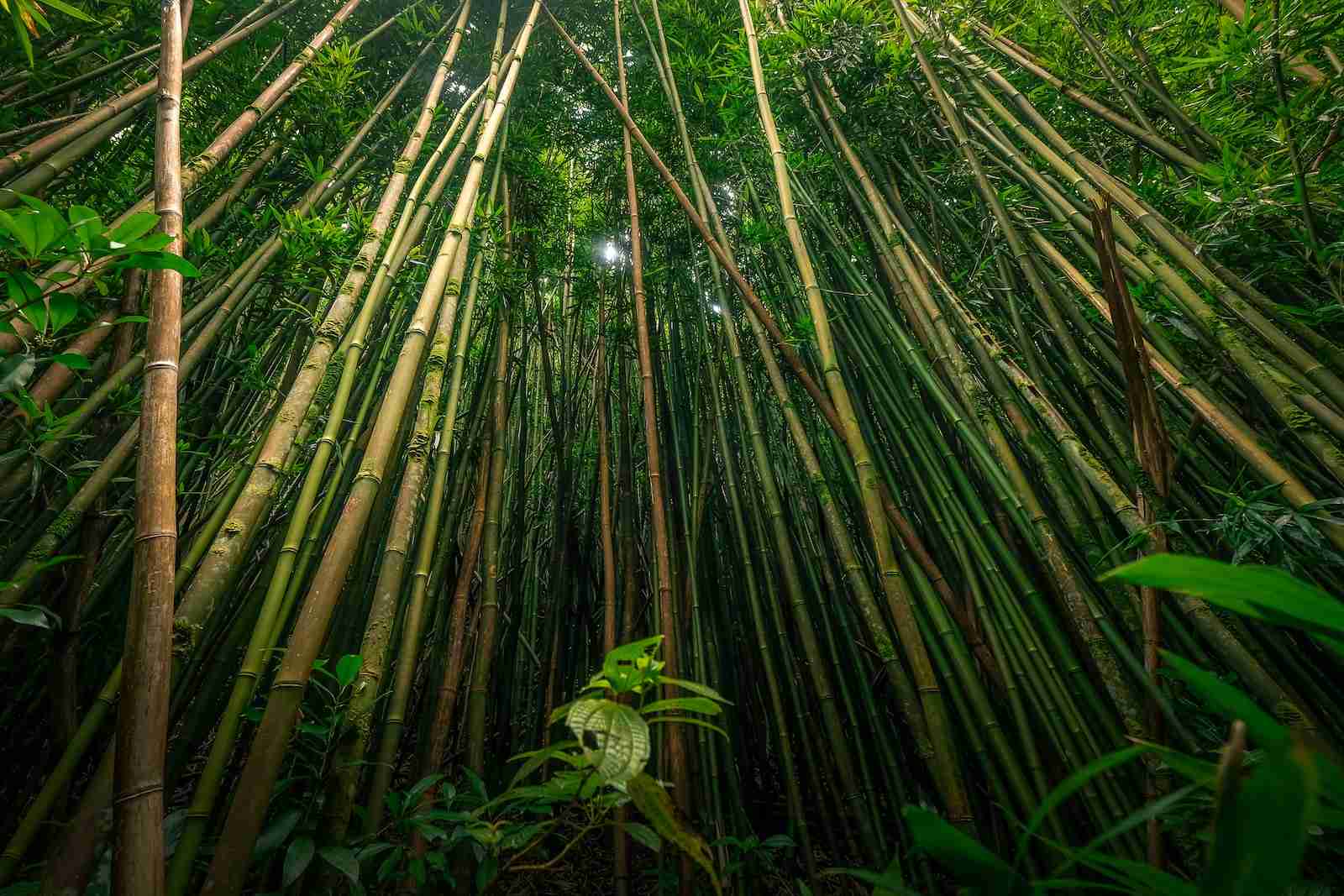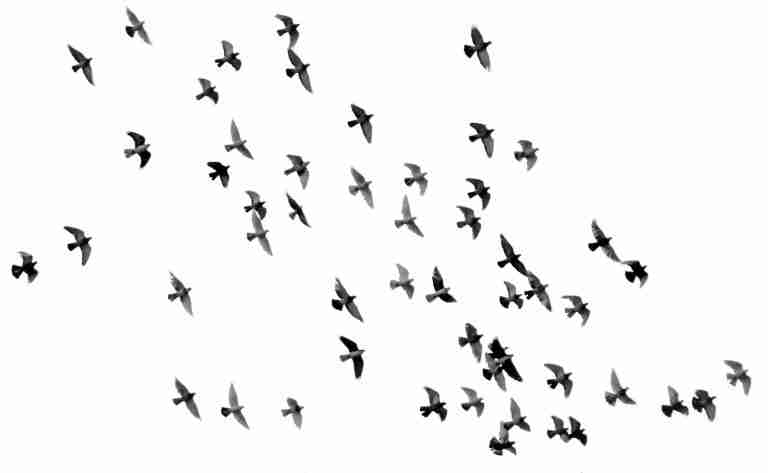23 Fun Facts About Bamboo | Eco-Friendly Giant
1. The word Bamboo originates from the Malay word Mambu.
Bamboo has an interesting history, related to the colonization era. It’s from the Malay word ‘mambu.’ Around 1586, the Dutch called it ‘bamboes.’ In Malay, ‘buluh’ is common for bamboo, but ‘mambu’ might be from ‘semambu,’ a rattan type.
The Dutch or Portuguese changed ‘mambu’ a bit, and that’s how we got ‘bamboo.’ These tall, green plants grow fast and are super useful for things like building and making cool furniture!
2. Bamboo is a flowering perennial evergreen and is a type of grass.
Bamboo is a special kind of plant that’s part of the grass family, just like the lawn in your backyard! But unlike regular grass, some bamboos are huge, like tall trees. They’re always green and have a cool life cycle.
Bamboos grow for many years without flowering, and then suddenly, all at once, they bloom and then die. This flowering mystery is something scientists are really curious about. Bamboos are not just tall and green, but also super interesting!
3. In the wild, Bamboo can live for over 120 years.
Bamboo is not just any grass – it’s the biggest in the world and can even make forests! Imagine a bamboo plant living for more than 120 years. That’s longer than the oldest person you know!
Some bamboos wait decades, like 120 years, just to flower once. They’re playing a super long game of hide and seek with their flowers. The last time a type called ‘henonis’ bloomed was way back in 1908!
4. Bamboo plants of the same species flower simultaneously worldwide.
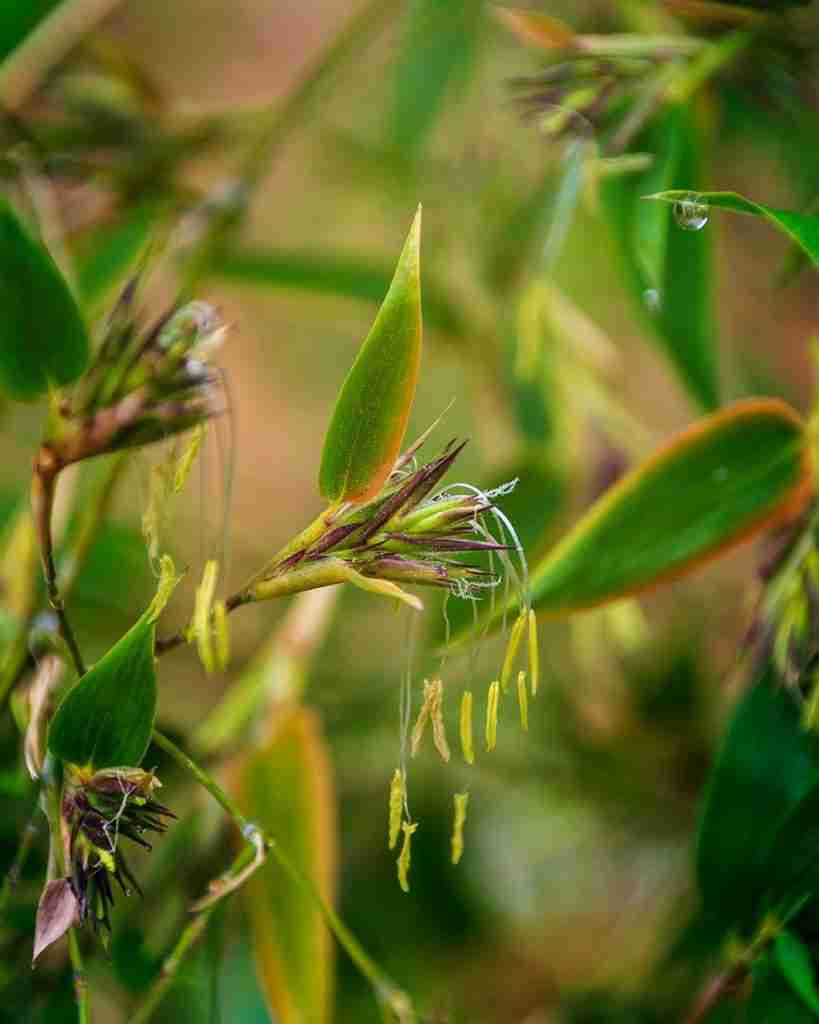
Woody bamboo species exhibit a unique phenomenon called gregarious flowering, where every plant of a species blooms simultaneously worldwide, regardless of location or climate, and then dies within a few years.
Astonishingly, this synchronized flowering occurs across the globe. The intervals between these events vary by species, ranging from 3 to 150 years, demonstrating a remarkable aspect of bamboo’s life cycle.
5. There are 1,575 identified species of bamboo across 111 genera.
Bamboo, part of the Poaceae family, encompasses 1575 species across 111 genera worldwide. Adaptable to degraded land, it’s a sustainable alternative to plastic and wood.
The largest variety, Dendrocalamus sinicus, reaches up to 40 meters tall and 30 centimeters in diameter, while many species achieve 20 centimeters. However, sizes and growth rates vary significantly among different Bamboo species.
6. Over 10 million acres of Asia are covered with bamboo forests.
Bamboo forests, covering around 40 million hectares (99 million acres) globally, are predominantly found in Asia’s southern tropics, accounting for 80% of their distribution.
These lush green expanses, significant in size, spread over 10 million acres, showcasing the vastness and ecological importance of bamboo in the Asian continent.
7. Many Bamboo species only develop flowers after 65 or 120 years.
Bamboo species often flower at lengthy intervals, ranging from 65 to 120 years, with the record being 130 years for Phyllostachys bambusoides.
This rare event, termed mass or gregarious flowering, occurs when all plants in a specific group simultaneously bloom over several years, making it a unique and seldom-witnessed natural phenomenon.
8. Bamboo is edible, with new shoots often used in Asian cuisine.
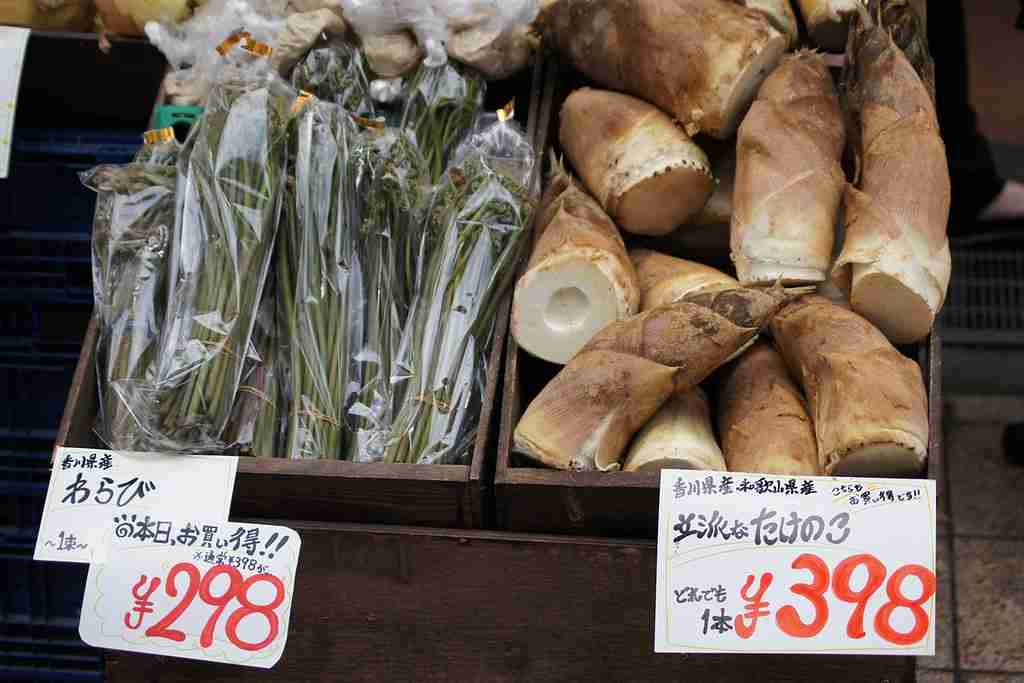
Bamboo shoots, a staple in Asian cuisine, are celebrated for their unique flavor and texture. Commonly used in stir-fries, soups, and stews, they’re prepared by boiling, soaking, cooking, or pickling.
9. The largest Bamboo species can grow up to 40 meters tall.
The ‘Giant Dragon Bamboo,’ or Dendrocalamus sinicus, holds the record as the world’s largest bamboo species. Its culms can soar up to 46 meters high and expand to 37 cm in diameter.
This colossal clumping Bamboo, native to Laos and China’s Yunnan Province, is renowned for its impressive size.
These edible shoots of Bamboo plants serve as a bulking agent, enhancing the texture and interest of various dishes, from stews to salads.
10. Bamboo survived the atomic bombings in Hiroshima in 1945.
In Hiroshima, following the devastating 1945 atomic bombing at the end of WWII, bamboo was among the first plants to resiliently re-sprout.
Known as Hibakujumoku, or survivor trees, these resilient species, including Bamboo, are documented in the UNITAR database as remarkable examples of nature’s endurance in the face of extreme adversity.
11. Bamboo fibers are used in various products, from textiles to construction.
Bamboo fibers, renowned for their strength, are used in textiles, construction, and more. This renewable, biodegradable material boasts excellent mechanical properties and environmental benefits.
Its fibers retain anti-bacterial and deodorization qualities, enduring even after fifty washes, a fact confirmed by the Japan Textile Inspection Association.
12. Bamboo, Earth’s fastest-growing plant, can shoot up over 1 meter daily.
Bamboo holds the record as the fastest-growing plant, with some species like Madake and Moso growing over 1 meter daily, approximately 4 cm per hour.
13. Edison’s early light bulbs used carbonized Bamboo filaments.
After his 1879 patent, Thomas Edison discovered carbonized Bamboo fiber as an ideal conductor for his light bulb, lasting over 1,200 hours.
Bamboo filaments were key in Edison’s bulbs until the 1880s and early 1900s, when they were gradually replaced by materials with even longer lifespans, marking a significant advancement in lighting technology.
Under ideal conditions, this growth can reach about 0.025 inches per minute, especially during the initial growth phase, making bamboo unparalleled in its rapid development among plants.
14. Bamboo continuously spreads vegetatively, making it a sustainable and renewable resource.
Bamboo, a sustainable and renewable resource, spreads vegetatively and matures rapidly compared to trees. It produces 30-50% more oxygen and can be harvested annually without harming the ecosystem.
Selective harvesting of mature stems, while leaving younger ones, ensures a healthy, productive Bamboo forest, offering harvestable timber in just 7-10 years.
15. Bamboo biomass generates 1 kWh of electricity from just 1.2 kg.
Bamboo, as a sustainable energy source, generates 1 kWh of electricity from just 1.2 kg of biomass. It matches wood in efficiency and surpasses other biomass sources like hemp and rice husk.
Its potential as a biofuel feedstock is significant, with capabilities for conversion into solid, liquid, and gaseous biofuels, highlighting its versatility and eco-friendliness.
16. Bamboo is used in traditional Chinese medicine.
In traditional Chinese medicine, certain bamboo species are valued for their diuretic and anti-inflammatory properties. Bamboo leaves, rich in bioactive components, are used to treat atherosclerosis, diabetes, liver diseases, and nervous system disorders.
Their effectiveness in anti-oxidation, free radical scavenging, and cognitive improvement highlights bamboo’s health benefits beyond its aesthetic appeal.
17. Bamboo is naturally anti-bacterial and anti-fungal.
Bamboo possesses natural antibacterial and antifungal properties, thanks to a bio-agent called “Bamboo kun” in its fibers. This makes bamboo fabric antibacterial, antifungal, and odor-resistant.
However, the effectiveness of these properties in processed bamboo viscose is debated. Proper extraction methods can enhance Bamboo’s antibacterial potential in various applications.
18. The Bamboo plant contains more concentrated amounts of calcium than milk.
Bamboo plants surpass milk in calcium concentration, making them an excellent source for strengthening bones and teeth. This high calcium content contributes significantly to robust health.
With its superior calcium levels, Bamboo offers a valuable alternative to traditional dairy sources, providing essential nutrients for maintaining strong, healthy bones and teeth.
19. Many Bamboo species flower only once every 40 to 100 years.
Bamboo exhibits a unique flowering pattern, with many species flowering just once every 40 to 100 years, after a long vegetative phase. This monocarpic nature means they bloom, produce many fruits, and then die.
This distinctive life cycle spans decades and sets Bamboo apart from other perennial flowering plants.
20. Bamboo industries employ over 2.2 billion people worldwide.
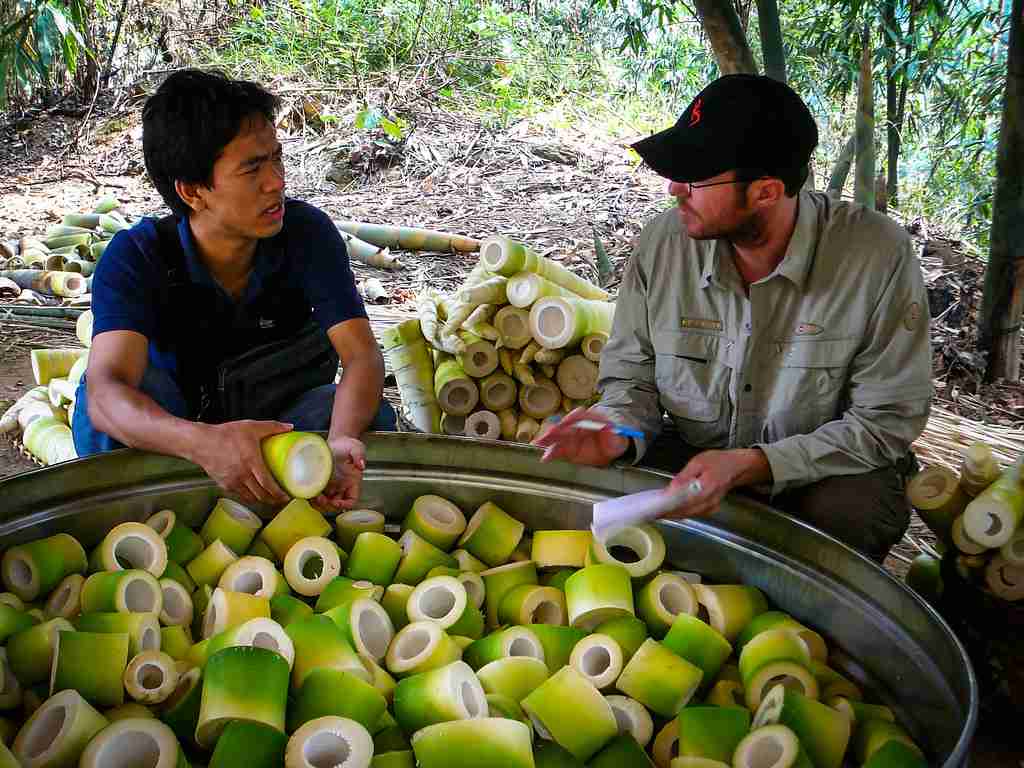
Bamboo industries play a crucial role globally, supporting over 2.2 billion people with income, food, and housing. This versatile plant is essential for various products, including housing materials, tools, musical instruments, and handicrafts.
In Taiwan alone, Bamboo shoots form a $50 million industry with 80,000 tons consumed annually. The global bamboo market was valued at $61.69 billion in 2022.
21. In Thailand, a 450-meter-long floating bridge was constructed using Bamboo.
In Thailand’s Sangkha Buri district, over 500 residents constructed a 450-meter-long bamboo floating bridge in six days, following the Saphan Mon bridge collapse.
This remarkable structure, including approaches on both sides, measures 850 meters in total, spanning the entire width of the river, showcasing the community’s resilience and bamboo’s versatility.
22. The Moso variety of Bamboo can grow up to 1 meter in just 24 hours.
The Moso Bamboo, one of the fastest-growing plants globally, can shoot up to 1 meter daily during its growth season. This giant bamboo reaches heights of up to 20 meters within months.
Its rapid growth, maturing in just 5-7 years, positions it as a sustainable material, especially in Chinese regions where it’s predominantly cultivated.
23. Ancient books were written on Bamboo strips.
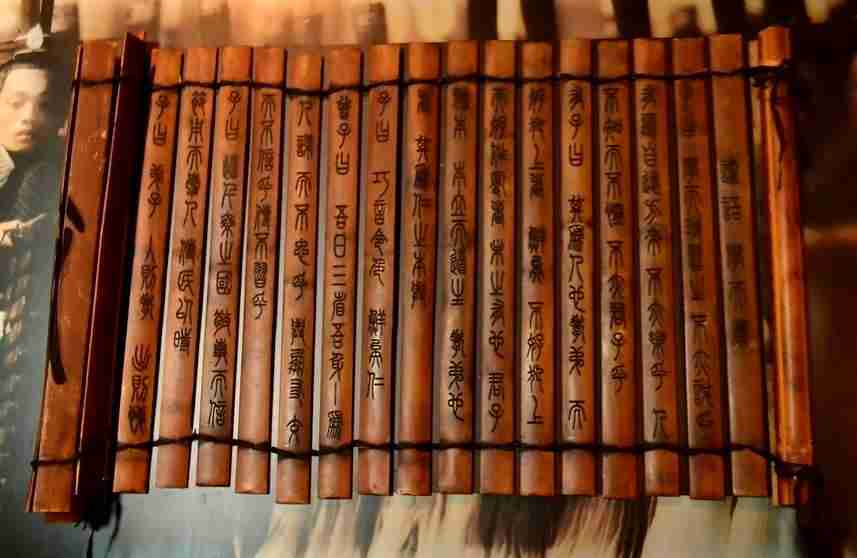
Bamboo slips, China’s earliest writing support, served as the primary medium for documents before paper’s advent in the first two centuries AD. These durable, flexible strips, often paired with silk, represented ancient China’s principal textual form.
Their use marks a significant milestone in human history, showcasing the invention of writing as a monumental achievement.
FAQs
Some bamboo species grow exceptionally fast, up to 2.91 feet per day or 1.5 inches per hour, as recorded by Guinness World Records. The Phyllostachys genus, including the vital Moso bamboo in China, can reach heights of 100 feet rapidly.
Bamboo, despite its tree-like appearance in larger species, is actually grass. The main difference lies in its stems (culms), which are hollow, a characteristic feature of grasses, unlike trees.
The Lucky Bamboo, commonly mistaken for real bamboo, is Dracaena Sanderiana, a type of tropical water lily. It’s a popular household plant, thriving in indirect sunlight and known for its easy care.
To grow Bamboo indoors, maintain high humidity with daily misting, place in bright indirect light, and use a light potting mix. Water deeply but allow the topsoil to dry between waterings, ensuring moist roots without waterlogging.
Plant Bamboo seeds under a thin compost layer, cover them with a propagation tray or plastic bag, and wait for germination, usually within weeks. After about a month of growth, transplant the seedlings into pots for further development.

